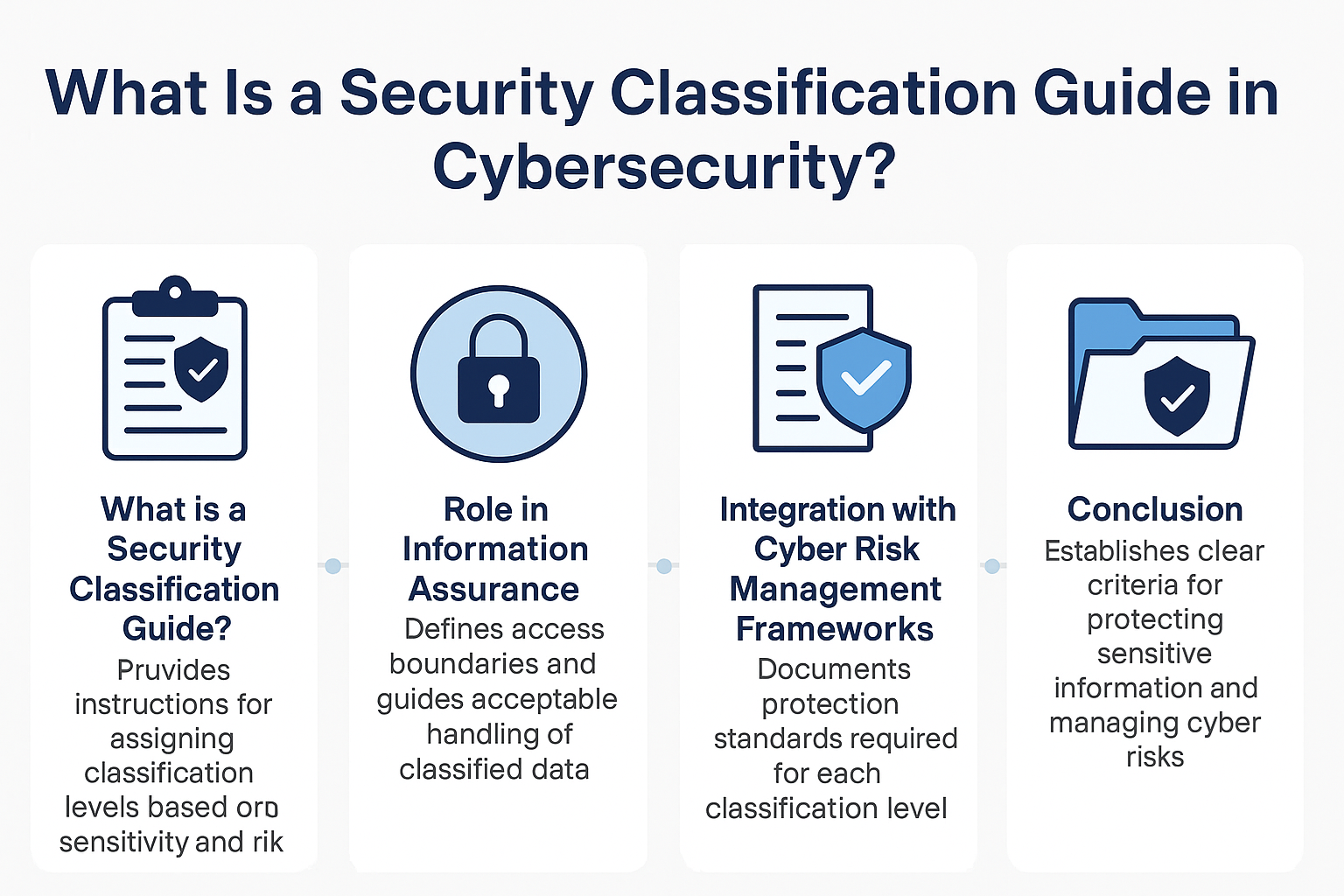What is Business?

INTRODUCTION TO BUSINESS
What is Business?
Business is a whole gamut of activities involved in producing or procuring goods and services for sale to earn profit. Business can be done by an individual or a group of individuals. Business is derived from the word” busyness,” which means engaging in an activity.
Characteristics of a business
Let us understand the characteristics of business. Some of them are:
Production or trading: Businesses happen either because they manufacture goods and then sell them for a profit or because they procure goods and services and sell them for a profit. There are several activities, such as manufacturing, warehousing, and transportation.
Economic activity: A business should qualify to be an economic activity. An economic activity should generate monetary returns.
Sale and exchange: The sale and exchange require a marketplace that brings a buyer and seller together. The product or offering should be brought to the marketplace by the seller and exchanged the product or offering for a sale price.
Profit earning: The primary objective of the business is to make and maximize profits. The business objective should be to maximize profits and reduce costs.
Legal activity: The nature of business activity should follow all the legal and statutory regulations.
Regularity of business: A business should have continued transactions of selling and buying for profit. A single transaction cannot be considered a business.
Risk factor: A business will have a risk factor. If the company aspires to gain more, it should take more risks. The market conditions and demand-supply factors govern the rewards.
Uncertainty of Returns: Businesses run in uncertain conditions. The profits must be determined. The returns are always uncertain.
Finances: A business needs finances to run in the form of fixed and working capital. To meet financial needs, the business owner has to get financing in various forms from various sources.
Types of Business
Sole proprietorship: In this type of business, the entire company is run by a single investor and business owner who handles the operations. The sole proprietorship entirely owns the profits and losses. He takes the whole risk in the business. He is solely responsible for any tax and legal obligations.
Partnership: In this business structure, two or more persons run the business jointly. They contribute resources and money and share the profit and loss to the extent of their contribution, which they have agreed upon.
Limited liability partnership (LLP): A LLP (limited liability partnership) is a hybrid structure with a combination of characteristics of a corporation and a partnership firm.
Corporation: In a corporation, a group of people or entities come together to do business to earn profit. The business owners are termed as stakeholders.
S Corporation: S corporations are small businesses with only a maximum of a hundred shareholders. S corporation has some tax exemption privileges. The stakeholders can issue only one type of stock.
C Corporation: The Corporation is the most suitable form of starting a business for startups, especially Tech Startups. They have to issue annual reports and also pay corporate taxes. It appoints the board of directors also.
Scope of business
The scope of business is vast and covers several activities which can be broadly classified into industry and commerce.
Industry
Industry products fall into consumer, capital, and intermediary goods. The industries include extracting industries (mining, farming, fishing, etc.), genetic industries (breeding of plants and animals), manufacturing industries, processing industries, construction industries, etc.
Commerce
Commerce has two aspects: trade and service business.
Trade: Trade can be domestic or international. Domestic trade is trading internally within a country. Global trade is training across the boundaries and boundaries of a given country.
Service business: Service business enables the trade to happen. For example, banking and financial services, warehousing, transportation, insurance, communication, advertising and marketing, etc.
Conclusion:
Business is an integral part of any economy with a healthy gross domestic product. Enroll in our course to gain in-depth knowledge and understand more about business.
Find a course provider to learn BA
Java training | J2EE training | J2EE Jboss training | Apache JMeter trainingTake the next step towards your professional goals in BA
Don't hesitate to talk with our course advisor right now
Receive a call
Contact NowMake a call
+1-732-338-7323Take our FREE Skill Assessment Test to discover your strengths and earn a certificate upon completion.
Enroll for the next batch
Business Analysis Hands-on Training with Job Placement
- Nov 10 2025
- Online
Business Analysis Hands-on Training with Job Placement
- Nov 11 2025
- Online
Business Analysis Hands-on Training with Job Placement
- Nov 12 2025
- Online
Business Analysis Hands-on Training with Job Placement
- Nov 13 2025
- Online
Business Analysis Hands-on Training with Job Placement
- Nov 14 2025
- Online
Related blogs on BA to learn more

Why Learn to Analyze Business Needs and Deliver Results as a Business Analyst?
Discover the key skills of a Business Analyst, including problem-solving, stakeholder engagement, data analysis, and solution delivery, to make informed decisions and achieve business goals.

What is the importance of acquiring business requirement skills in a BA course?
Learn the technical and non-technical skills required for Business Analysts, and how Sulekha's comprehensive BA course equips you to excel in today's competitive market.

Is Business Analyst a High-Paying Job? Top Hiring Companies
Learn about the high-paying Business Analyst role, with insights on salary, job growth, top companies hiring, and how to get started in this thriving field.

Importance of data-driven decision-making in organizations
Discover the importance of data-driven decision-making in organizations, including a 6-step process to collect, analyze, and act on data to drive business success.

What is Business Mathematics?
Explore the essential role of Business Mathematics in solving financial, operational, and marketing challenges across various industries, enhancing decision-making and efficiency.

What is Microeconomics?
Explore microeconomics, the study of individual and firm decisions on resource allocation, pricing, and market behavior. Learn about key concepts like supply, demand, and equilibrium.

What is business communication?
Learn about business communication, its types, objectives, and essential aspects to enhance workplace communication. Discover effective strategies for sharing information within and outside your organization.

What Is a Business Analyst? A comprehensive guide
What is a Business Analyst? - A comprehensive guide exploring the role of a business analyst

Why is it important to utilize both planning and analytical skill together?
Effective decision-making requires combining planning and analytical skills to gather insights, prioritize goals, and make informed strategic choices.

Is it possible to manage changes to requirements and designs?
Learn how to effectively manage changes to requirements and designs using a structured process that ensures stakeholder alignment and minimizes project disruptions.
Latest blogs on technology to explore

Cyber Security in 2025: The Golden Ticket to a Future-Proof Career
Cyber security jobs are growing 35% faster than any other tech field (U.S. Bureau of Labor Statistics, 2024)—and the average salary is $100,000+ per year! In a world where data breaches cost businesses $4.45 million on average (IBM, 2024), cyber secu

SAP SD in 2025: Your Ticket to a High-Flying IT Career
In the fast-paced world of IT and enterprise software, SAP SD (Sales and Distribution) is the secret sauce that keeps businesses running smoothly. Whether it’s managing customer orders, pricing, shipping, or billing, SAP SD is the backbone of sales o

SAP FICO in 2025: Salary, Jobs & How to Get Certified
AP FICO professionals earn $90,000–$130,000/year in the USA and Canada—and demand is skyrocketing! If you’re eyeing a future-proof IT career, SAP FICO (Financial Accounting & Controlling) is your golden ticket. But where do you start? Sulekha IT Serv

Train Like an AI Engineer: The Smartest Career Move You’ll Make This Year!
Why AI Engineering Is the Hottest Skillset Right Now From self-driving cars to chatbots that sound eerily human, Artificial Intelligence is no longer science fiction — it’s the backbone of modern tech. And guess what? Companies across the USA and Can

Confidence Intervals & Hypothesis Tests: The Data Science Path to Generalization
Learn how confidence intervals and hypothesis tests turn sample data into reliable population insights in data science. Understand CLT, p-values, and significance to generalize results, quantify uncertainty, and make evidence-based decisions.

What Is a Security Classification Guide in Cybersecurity?
A Security Classification Guide (SCG) defines how to categorize information assets by sensitivity, with clear instructions from authorized officials to ensure consistent, compliant data handling.

Artificial Intelligence – Field of Study
Explore how Artificial Intelligence blends Machine Learning, Deep Learning, NLP, and Computer Vision to build intelligent systems that learn, reason, and decide. Discover real world applications, ethics, and booming career scope as AI education deman

Understanding Artificial Intelligence: Hype, Reality, and the Road Ahead
Explore the reality of Artificial Intelligence (AI) — its impact, how it works, and its potential risks. Understand AI's benefits, challenges, and how to navigate its role in shaping industries and everyday life with expert training programs

How Much Do Healthcare Administrators Make?
Discover how much healthcare administrators make, the importance of healthcare, career opportunities, and potential job roles. Learn about salary ranges, career growth, and training programs with Sulekha to kickstart your healthcare administration jo

How to Gain the High-Income Skills Employers Are Looking For?
Discover top high-income skills like software development, data analysis, AI, and project management that employers seek. Learn key skills and growth opportunities to boost your career.